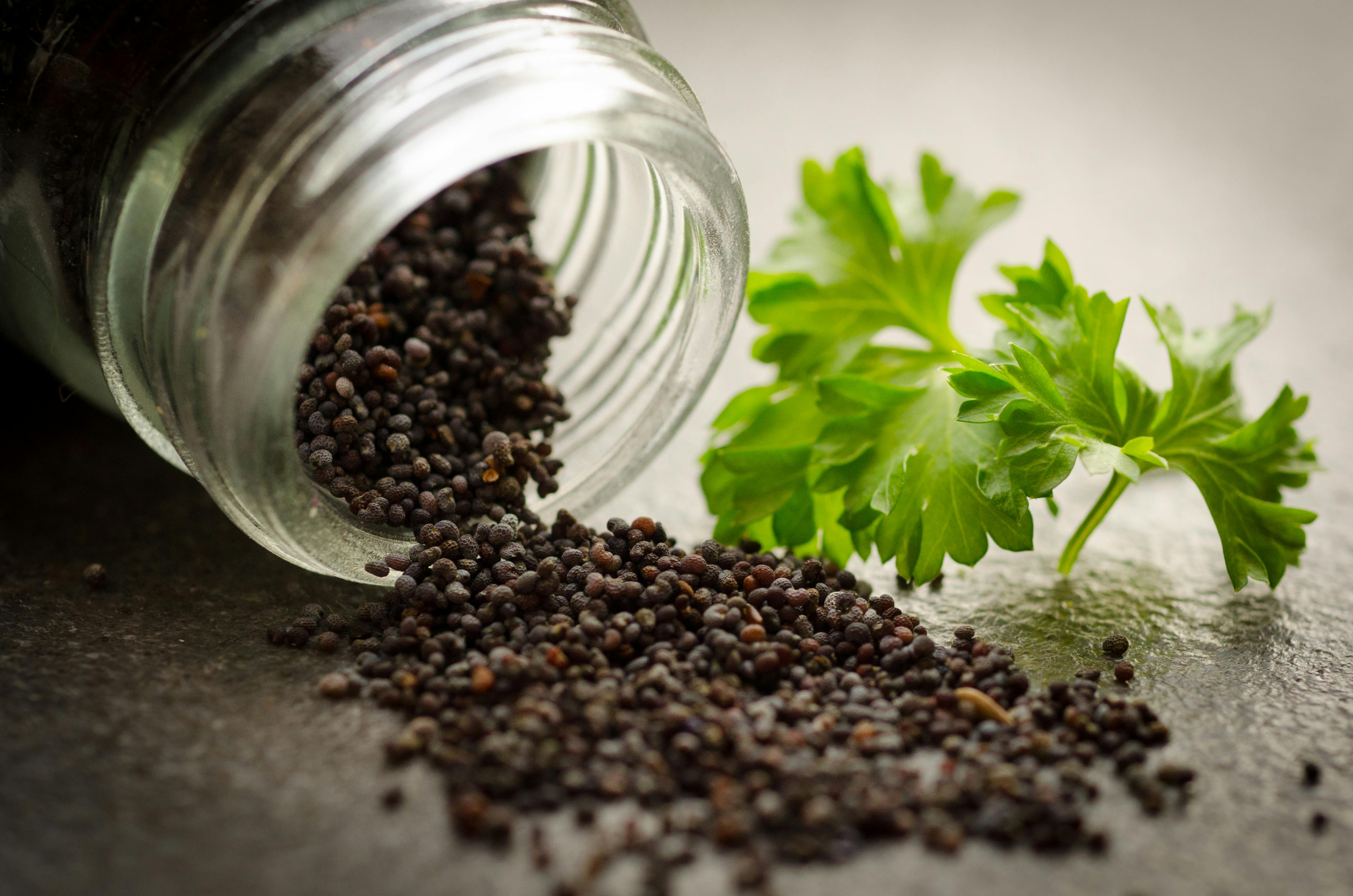Low-Sodium Pancake Mix

To make the mix shelf-stable, companies need to add preservatives to your pancakes. Preservatives are mostly sodium-based, so if you are cutting back on your sodium intake, be sure to read the labels on any canned, boxed or frozen foods before you buy them. Other ingredients to look out for are the leavening agents that make your pancakes rise. Regular baking powder has almost 500 mg of sodium per teaspoon. And, of course, most pancake mixes and pancake recipes contain table salt, or sodium chloride.
If you make your own pancake mix based on your favorite pancake recipe, you will already have eliminated the preservatives and you can make low-sodium substitutions for the other problematic ingredients. Purchase low-sodium baking powder and a salt substitute, and you will be able to prepare pancakes with as little as 15 mg of sodium per cake.
Sift together the dry ingredients of your favorite pancake recipe and store them in an airtight container until you are ready to make the pancakes. If you don't already have a favorite pancake recipe, try this combination. Sift 2 1/2 cups of all-purpose flour together with 4 tbsp. 1 tsp. of salt substitute and 2 tsp. When combined with the wet ingredients, this recipe makes about 16 small pancakes.
For the convenience of a “just add water” mix, combine the wet ingredients ahead of time and keep them in an airtight container in your refrigerator. Otherwise, measure the wet ingredients at the time that you are making the pancakes. To your dry ingredients, add 4 tbsp. 2/3 cup of water, 2 cups of milk or nondairy milk substitute, 4 tbsp.
2 tsp. of vanilla extract. Stir all of the ingredients together until they are barely combined. There will be lumps, but don't try to stir them all out. Pour the pancakes onto a skillet or griddle that has been preheated over medium heat. Cook them until the bubbles on the top have popped, then flip them over and cook for another one to three minutes, or until they are golden brown. Prepared with 2 percent milk, the whole pancake recipe contains about 265 mg of sodium, which works out to 16.6 mg per pancake.
You can save a few more grams of sodium by substituting soy milk for the 2 percent, which brings the sodium content down to 14 mg per pancake. Lose Weight. Feel Great! AGE lbs. WEIGHT ft. How to Make a Healthy Pancake Syrup Stomachaches From Eating Pancake Mix The Nutrition in Aunt Jemima Pancake Mix Are Pancakes Fattening,
Easy Way to Make Gravy Out of Chicken Broth How to Use Muffin Mix to Make Pancakes How to Make Your Own Nacho Seasoning How Do I Make Biscuits From Buttermilk Pancake Mix, How to Make Onion Rings Using Pancake Mix How to Cook Pancakes on a George Foreman Grill Low-Sodium Marinades How to Keep Pancakes from Sticking What Is Sodium Bisulfite, Can I Make Aunt Jemima Pancake Mix With Milk, How to Replace Bisquick With Pancake Mix Nutritional Facts for Oatcakes Alternative Uses for Pancake Mix Is Sodium Acid Pyrophosphate Dangerous,
This is the classic gluten free buttermilk pancake recipe you’ve been looking for. So light and fluffy, and you can make them ahead, freeze and reheat for a super quick breakfast! I’ve been tinkering with this recipe for gluten free buttermilk pancakes for weeks and weeks. Here was my wish list: thick, fluffy pancakes that don’t need a lot of sugar to have a lot of flavor. About maple syrup and pancakes: I don’t ever buy imitation maple syrup.
Pure maple syrup doesn’t come cheap, but I use it sparingly and you just can’t compare imitation syrup to it. Plus, here’s another tip: try drizzling about 1/2 teaspoon of cold maple syrup onto the underside of each pancake after it’s been cooking on the griddle for about a minute. Allow that side to continue cooking (it may take another few seconds to set), flip and finish.
0 Response to "Low-Sodium Pancake Mix"
Post a Comment